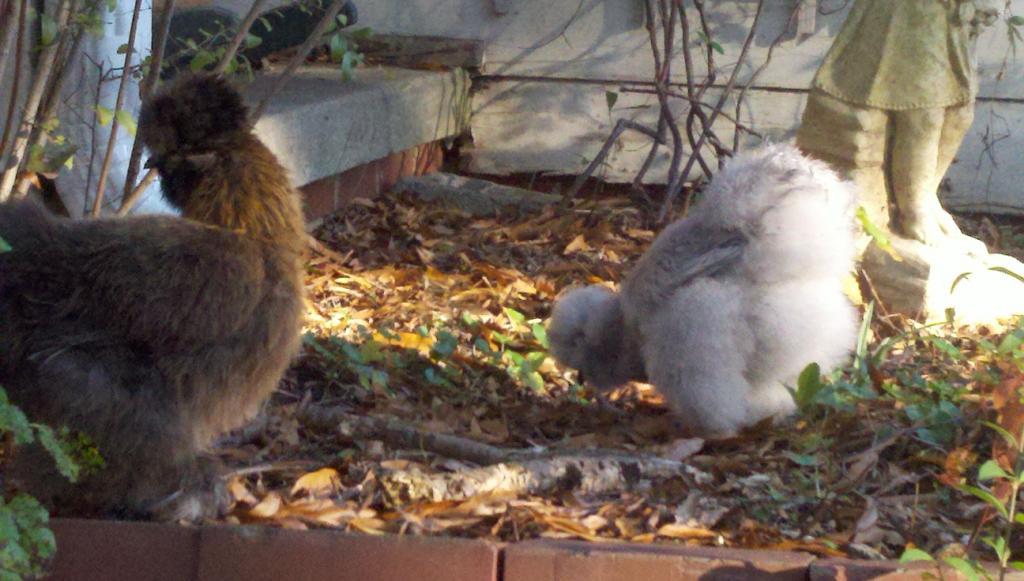Quote:
Ok, it's to early for my brain to be working correctly so I have a question that may be clear but not to me this morning.
So lets say you breed this blue hen to a black rooster. You will get 50% black and 50% blue.
Question is will some of these chicks (50%) still carry one of the lavender genes and be lavender splits or do you lose that since dad was a pure black?
Ok now you breed one of the black male (if it carries the lavender gene) offspring back to Mom You would get your lavenders.
Yes? No?
Hmm, I don't know.
 I think if I bred to a black male, I would get 50/50 blue/black, not sure how diluted the lavender gene would be! Instead of being 50% split to lav would the chicks be 25% split to lav?
I think if I bred to a black male, I would get 50/50 blue/black, not sure how diluted the lavender gene would be! Instead of being 50% split to lav would the chicks be 25% split to lav?
Ok, it's to early for my brain to be working correctly so I have a question that may be clear but not to me this morning.
So lets say you breed this blue hen to a black rooster. You will get 50% black and 50% blue.
Question is will some of these chicks (50%) still carry one of the lavender genes and be lavender splits or do you lose that since dad was a pure black?
Ok now you breed one of the black male (if it carries the lavender gene) offspring back to Mom You would get your lavenders.
Yes? No?
Hmm, I don't know.










